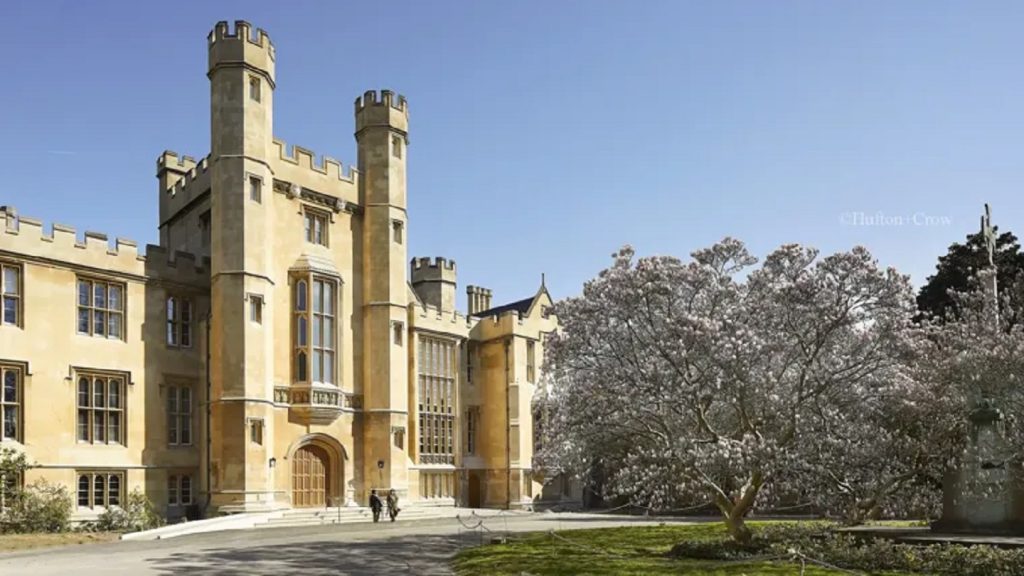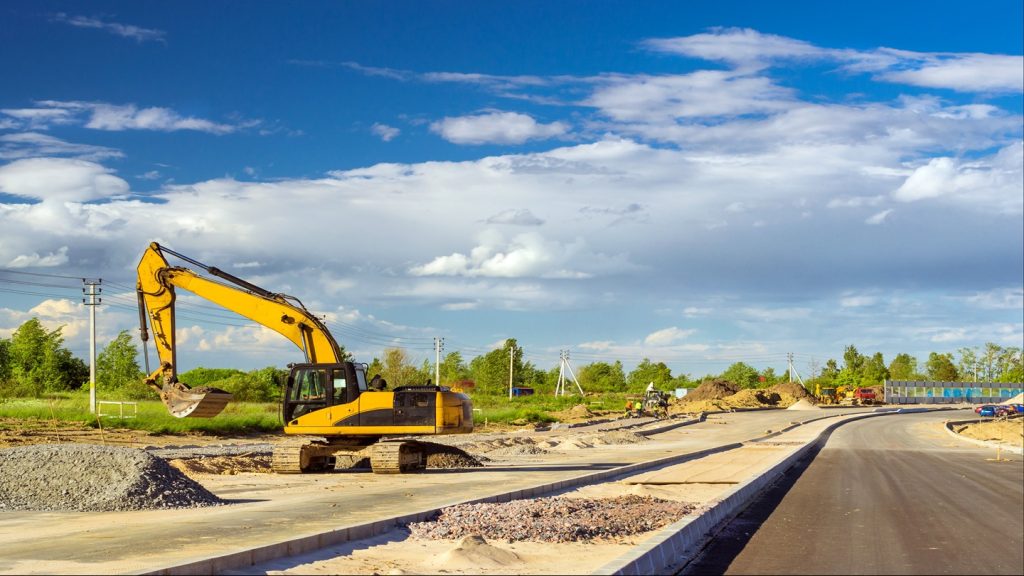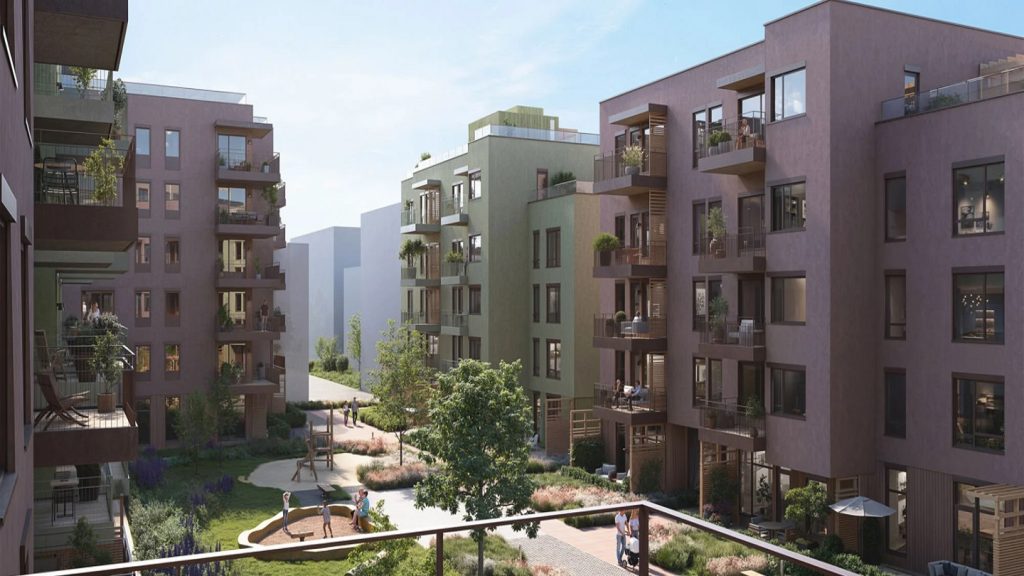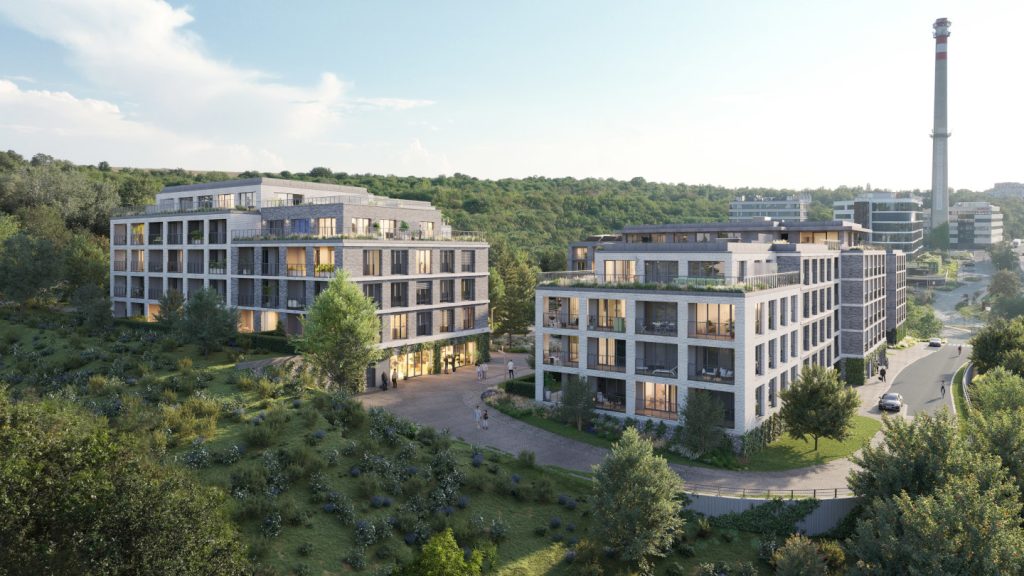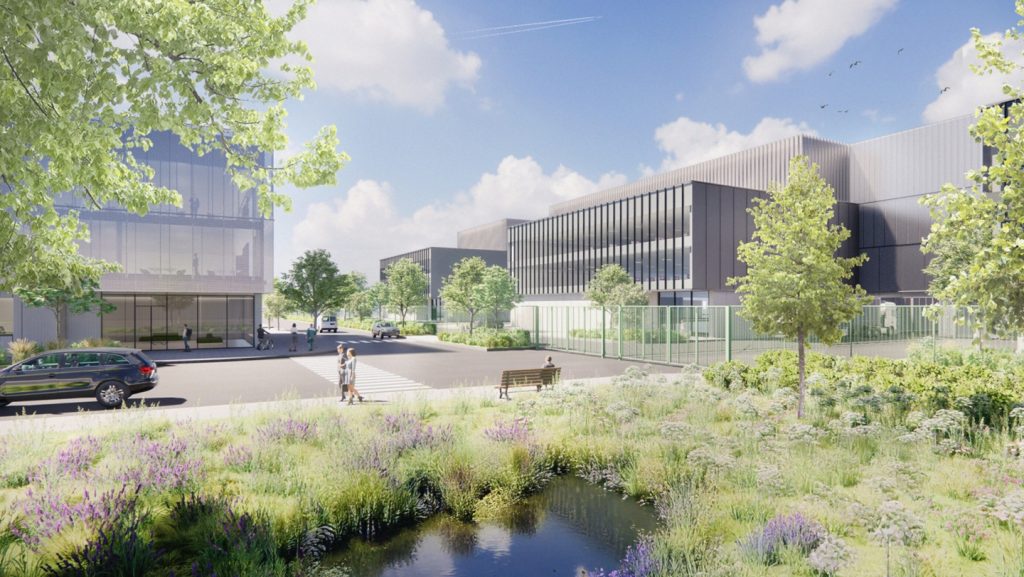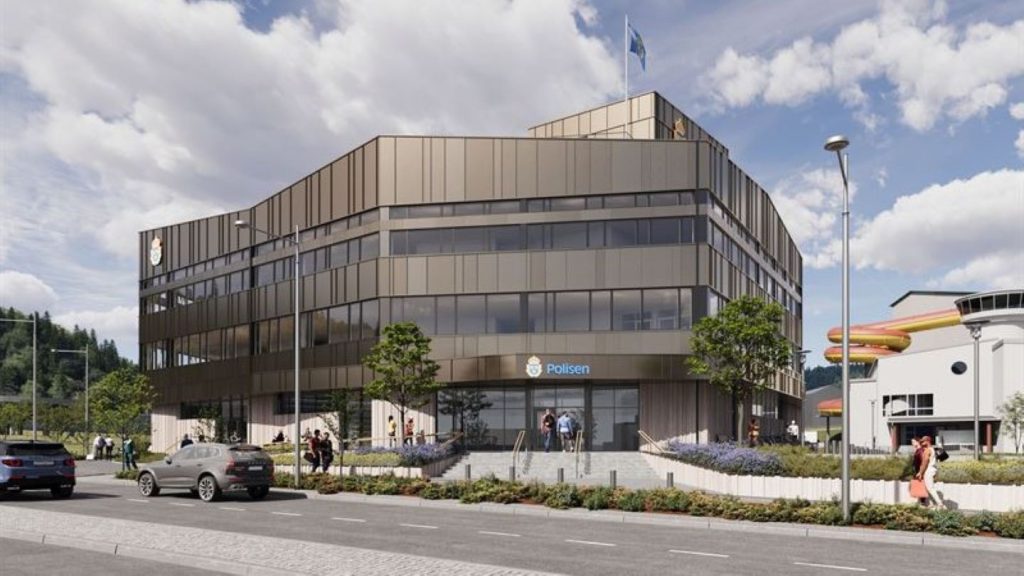Arup, working alongside Wright & Wright Architects, has upgraded Lambeth Palace, the historic London, England, residence of the Archbishop of Canterbury.
The retrofit has integrated up-to-date low-carbon systems while preserving the palace's Grade I-listed status, the design consultancy said in a statement.
This project aligns with the Church of England’s net-zero goals.
The project reportedly prioritised energy efficiency and climate resilience without compromising the palace’s architectural and cultural heritage.
A new energy centre, strategically positioned to minimise visual and archaeological impact, has also been introduced to shift the palace away from fossil-fuel reliance.
The centre powers the site using three air-source heat pumps while solar panels generate renewable electricity.
Gas usage has been eliminated through upgrades to the palace’s kitchen facilities, enabling the site to be fully powered by on-site renewables.
Wright & Wright Architects partner Stephen Smith said: “The spirit of this complex retrofit can be captured by the adage ‘If we want things to stay the same, things will have to change’.
"From removing the palace’s reliance on fossil fuels, to enabling thousands more guests to visit with newly installed accessible infrastructure, we are immensely proud that the overhaul - which involved entire areas being taken apart and reassembled - appears as if we’d never been there at all.”
The project also included a new lighting scheme designed to enhance energy efficiency and improve the ambience in key hospitality areas and the archbishop’s apartment.
Additionally, 160 double-glazed windows were installed and 140 radiators were replaced, with all materials salvaged in accordance with circular economy principles.
Over the course of the project, 39 tonnes (t) of timber were recycled, resulting in savings of 20t of carbon dioxide emissions.
To further bolster climate resilience, the palace’s roofs and drainage systems were adapted to support rainwater harvesting and improve durability against extreme weather events.


